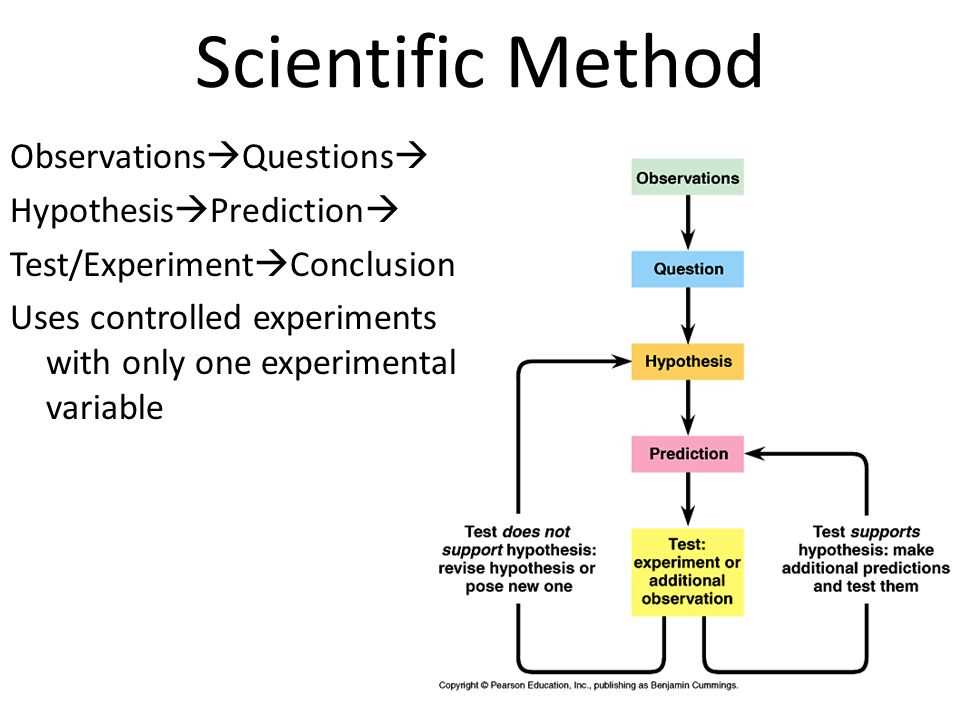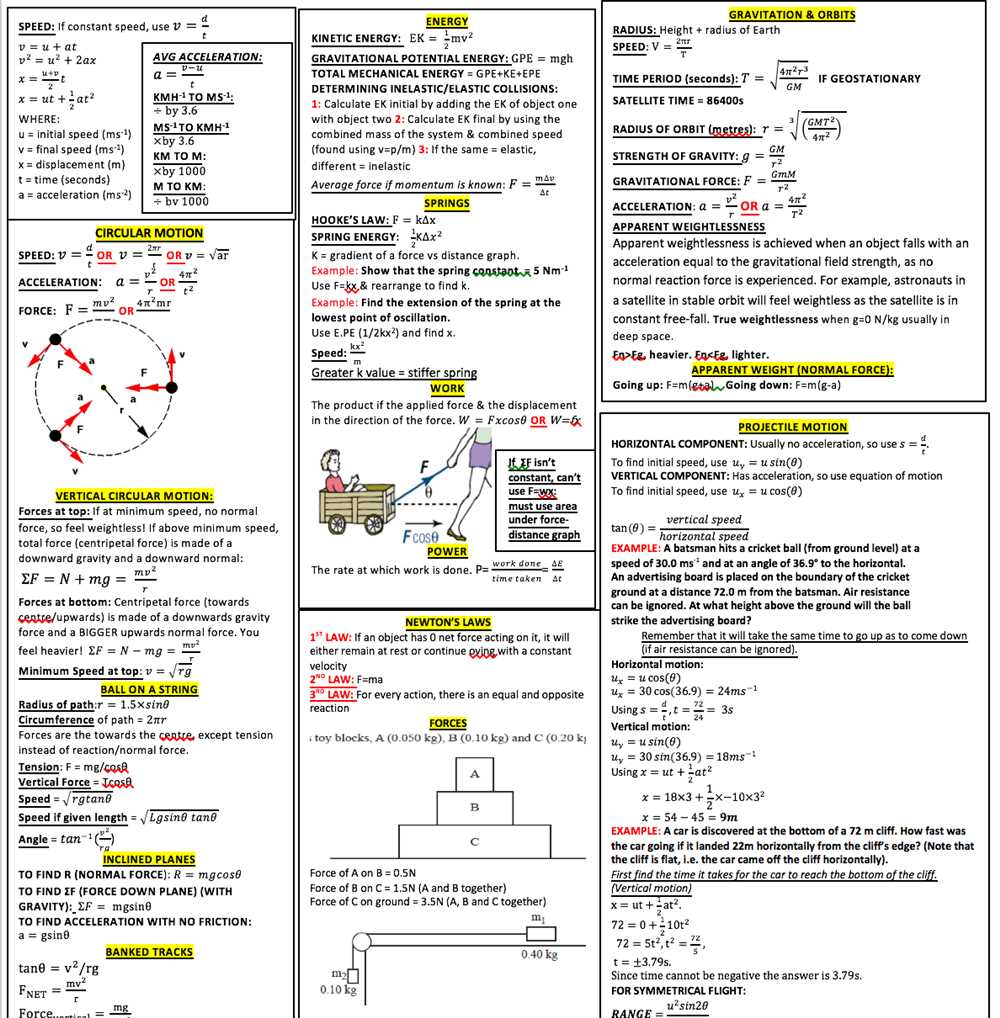
Welcome to the Biology Fall Final Exam Review! This article provides the answers to the review questions for the upcoming biology exam. By going through these answers, you will be able to better understand and prepare for the final exam.
In this review, we will cover a wide range of topics in biology, including cell structure and function, genetics, evolution, ecology, and more. Each question will be accompanied by a detailed and comprehensive answer that will help you grasp the fundamental concepts related to the topic.
By studying this review and understanding the answers thoroughly, you will be equipped with the necessary knowledge and skills to excel in your biology final exam. It is important to review all the material covered in class and practice applying the concepts to different scenarios.
Biology Fall Final Exam Review Answers
In preparation for the Biology Fall Final Exam, here are some key concepts and answers to help you review:
1. What is the difference between prokaryotic and eukaryotic cells?
- Prokaryotic cells: These are simple, single-celled organisms that lack a nucleus and other membrane-bound organelles. They have a cell wall and a plasma membrane.
- Eukaryotic cells: These are complex cells found in plants, animals, and fungi. They have a true nucleus and membrane-bound organelles.
2. What are the functions of the cell organelles?
- Nucleus: Contains the cell’s genetic material and controls cell activities.
- Endoplasmic reticulum: Involved in protein synthesis and lipid metabolism.
- Golgi apparatus: Modifies, sorts, and packages proteins and lipids for transport.
- Mitochondria: Produces ATP through cellular respiration.
- Chloroplasts (in plant cells): Site of photosynthesis.
- Lysosomes: Contains digestive enzymes to break down waste materials.
3. What is the process of mitosis?

Mitosis is the process of cell division that occurs in somatic cells. It involves the following phases:
- Interphase: The cell prepares for division by replicating its genetic material and growing in size.
- Prophase: Chromatin condenses into chromosomes, the nuclear membrane breaks down, and spindle fibers form.
- Metaphase: Chromosomes line up at the center of the cell along the metaphase plate.
- Anaphase: Sister chromatids separate and are pulled to opposite ends of the cell by spindle fibers.
- Telophase: Chromosomes reach the poles of the cell, the nuclear membrane reforms, and the cell begins to divide.
- Cytokinesis: The cell membrane pinches in, dividing the cytoplasm and creating two daughter cells.
4. What is the role of DNA in protein synthesis?

DNA carries the genetic instructions for making proteins. The process of protein synthesis involves transcription and translation:
- Transcription: DNA is transcribed into mRNA in the nucleus.
- Translation: mRNA is translated into a sequence of amino acids to form a protein on the ribosomes in the cytoplasm.
These are just a few of the topics you can expect to see on the Biology Fall Final Exam. Make sure to review your class notes, textbooks, and any other study materials provided by your teacher to thoroughly prepare for the exam.
The Cell

A cell is the basic structural and functional unit of all living organisms. It is the smallest unit of life that can perform all the necessary functions to sustain life. Cells can vary in shape, size, and structure depending on their specific function. There are two main types of cells: prokaryotic cells and eukaryotic cells.
Prokaryotic cells are simple cells that lack a nucleus and membrane-bound organelles. They are typically smaller than eukaryotic cells and are found in bacteria and archaea. Prokaryotic cells have a cell wall, cell membrane, and cytoplasm. They also contain a single circular DNA molecule and small ribosomes for protein synthesis.
Eukaryotic cells are more complex and have a nucleus and membrane-bound organelles. They are found in plants, animals, fungi, and protists. Eukaryotic cells have a cell membrane, cytoplasm, and a nucleus that contains the genetic material. The nucleus is surrounded by a nuclear membrane, which regulates the passage of molecules in and out of the nucleus. Eukaryotic cells also have other membrane-bound organelles, such as mitochondria, endoplasmic reticulum, Golgi apparatus, and lysosomes, which perform specific functions within the cell.
The cell membrane is a selectively permeable barrier that surrounds the cell and regulates the movement of substances in and out of the cell. It is made up of a phospholipid bilayer with embedded proteins. The cytoplasm is the gel-like substance inside the cell that contains various organelles and is involved in many cellular processes.
In conclusion, cells are the building blocks of life and play a crucial role in the functioning of living organisms. They come in different shapes and sizes and can be categorized into prokaryotic and eukaryotic cells. Each type of cell has its own unique structure and function, but all cells share the common characteristics of having a cell membrane and cytoplasm. Understanding the structure and function of cells is essential in the field of biology and is fundamental to understanding life processes at a microscopic level.
Genetics
Genetics is the branch of biology that studies genes, heredity, and the variation of organisms. It focuses on how traits are passed from parents to offspring and how these traits are expressed in individuals.
In genetics, genes are segments of DNA that contain instructions for building and maintaining an organism. These instructions are encoded in the genetic code, which determines the sequence of amino acids in proteins. Amino acids are the building blocks of proteins, and proteins are essential for carrying out the functions of cells and organisms.
One of the fundamental concepts in genetics is the idea of inheritance. Inheritance refers to the passing of genetic information from one generation to the next. This occurs through the transmission of genes from parents to offspring. Genes can be inherited in different ways, including dominant inheritance, recessive inheritance, and co-dominant inheritance.
Genetics also involves the study of genetic variation. Genetic variation refers to the differences in genes among individuals of the same species. These variations can arise through mutations, which are changes in the DNA sequence of genes. Mutations can be beneficial, detrimental, or have no effect on an organism’s survival and reproductive success. Genetic variation is important for the process of evolution, as it provides the raw material for natural selection to act upon.
Key terms related to genetics:
- Genes
- Heredity
- Variation
- Inheritance
- DNA
- Amino acids
- Proteins
- Genetic code
- Mutations
- Evolution
Overall, genetics plays a central role in understanding the inheritance of traits and the diversity of life on Earth. It provides insights into the mechanisms behind the transmission of genetic information and the processes that drive evolutionary change.
Evolution
The concept of evolution is a fundamental principle in biology. It is the process by which living organisms change over time, resulting in the diversity of life on Earth. Evolution occurs through the process of natural selection, where advantageous traits are passed on to future generations, while disadvantageous traits are weeded out.
One key component of evolution is genetic variation. This refers to the differences in DNA sequences among individuals of a population. These variations arise through mutations, which are random changes in an organism’s DNA. Genetic variation allows individuals within a population to have different traits, allowing for natural selection to act upon.
Evolution also occurs through the mechanisms of genetic drift and gene flow. Genetic drift refers to the random changes in allele frequencies in a population over time. This can occur due to chance events such as natural disasters or random mating. Gene flow, on the other hand, is the transfer of genes from one population to another. This can happen through migration or interbreeding between different populations.
Overall, evolution is a dynamic and ongoing process that shapes the biodiversity we see in the natural world. It is a central concept in biology that helps us understand the patterns and mechanisms of life’s diversity, and it continues to be an active area of scientific research.
Ecology
Ecology is the study of the relationships between organisms and their environment. It examines the interactions between living organisms and their physical and biological surroundings, including the interactions between individuals of the same species (intraspecific interactions), individuals of different species (interspecific interactions), and between organisms and their physical environment (abiotic factors).
One key concept in ecology is the idea of a food chain and a food web. A food chain is a series of organisms that transfer energy from one level to the next through eating and being eaten. For example, a simple food chain could consist of grass being eaten by a grasshopper, which is then eaten by a bird. A food web is a more complex arrangement of interconnected food chains, showing the flow of energy and nutrients through multiple organisms in an ecosystem.
Ecology also includes the study of ecosystems, which are communities of organisms and their physical environment. An ecosystem can be as small as a pond or as large as a forest. It includes all living organisms (biotic factors) and non-living components (abiotic factors) that interact within a specific area. These interactions can occur at different levels, from individual organisms to populations, communities, and biomes.
Overall, the study of ecology is crucial for understanding how organisms interact with each other and their environment. It helps scientists understand the processes and patterns that shape our natural world and allows us to make informed decisions about conservation and management of ecosystems.
Classification and Taxonomy
The science of classification and taxonomy is essential for organizing and understanding the vast diversity of life on Earth. Classification is the process of categorizing organisms into groups based on shared characteristics, while taxonomy is the science of naming, describing, and classifying organisms. These two disciplines allow biologists to systematically study and compare different species, aiding in their understanding of evolutionary relationships and ecological interactions.
One of the key principles in classification is the hierarchical system, which arranges organisms into increasingly inclusive groups. The highest level of classification is the domain, followed by kingdom, phylum, class, order, family, genus, and species. By using this system, biologists can organize organisms into groups that share increasingly specific characteristics. For example, humans belong to the domain Eukarya, the kingdom Animalia, the class Mammalia, and the genus Homo.
To aid in the classification process, biologists use various methods and tools. They analyze physical characteristics, such as body structure, behavior, and reproductive patterns. Molecular techniques, such as DNA sequencing, are also used to compare genetic similarities and differences between organisms. Additionally, fossils and other historical evidence help determine evolutionary relationships and classify extinct species.
- Classification and taxonomy are important for understanding biodiversity and the relationships between different species.
- The hierarchical classification system allows for organized categorization based on shared characteristics.
- Biologists use physical, molecular, and historical evidence to classify organisms.
- The study of classification and taxonomy aids in understanding evolutionary relationships and ecological interactions.
In conclusion, the science of classification and taxonomy plays a crucial role in organizing and studying the vast array of life forms on Earth. By categorizing and naming organisms, biologists can better understand the relationships between species and unravel the complexities of the natural world.
Human Anatomy and Physiology
In the field of biology, human anatomy and physiology are closely related disciplines that study the structure and function of the human body. Anatomy focuses on the physical structures of the body, while physiology explores how these structures work together to maintain homeostasis and carry out various functions.
Anatomical structures: The human body is composed of various systems and organs, each with its own unique structure and function. Some of the major systems include the skeletal system, muscular system, circulatory system, respiratory system, digestive system, and nervous system. These systems are made up of organs such as the heart, lungs, liver, and brain, which are composed of different tissues and cells.
Physiological processes: Physiology examines the mechanisms by which the body’s systems and organs perform their functions. Examples of physiological processes include digestion, respiration, circulation, excretion, reproduction, and sensory perception. These processes involve the coordination and interaction of multiple systems, such as the cardiovascular system supplying oxygen and nutrients to the body’s cells, the nervous system transmitting signals between different body parts, and the muscular system allowing for movement and support.
- Integration of anatomy and physiology:
- Anatomy and physiology are intertwined and interdependent disciplines, as understanding the structure of an organ or tissue is crucial to understanding its function.
- For example, the shape and structure of a muscle (anatomy) determine its ability to generate force and facilitate movement (physiology).
- Similarly, the structure of the heart (anatomy) allows it to pump blood efficiently through the circulatory system (physiology).
Biochemistry

Biochemistry is the study of the chemical processes and substances that occur in living organisms. It combines the principles of chemistry, biology, and physics to understand the structure and function of biological molecules. Biochemists investigate how these molecules, such as proteins, nucleic acids, carbohydrates, and lipids, interact and contribute to the overall functioning of cells and organisms.
One key concept in biochemistry is the idea of metabolism, which refers to the chemical reactions that occur within cells to convert energy from food into usable forms. These reactions are catalyzed by enzymes, which are specialized proteins that speed up chemical reactions. Biochemists study the mechanisms and regulation of these reactions to gain insight into how cells and organisms obtain and utilize energy.
Another important area of study in biochemistry is genetics. Biochemists examine the structure and function of DNA, the hereditary material that carries genetic information. They investigate how DNA is replicated, transcribed into RNA, and translated into proteins, which are the building blocks of cells. This research helps to understand genetic diseases and develop new therapies.
- In summary, biochemistry is a multidisciplinary field that examines the chemical processes and substances in living organisms.
- It focuses on understanding the structure and function of biological molecules and their interactions.
- Biochemists study metabolism to gain insights into how cells and organisms obtain and utilize energy.
- They also investigate the structure and function of DNA to understand genetic information and develop treatments for genetic diseases.